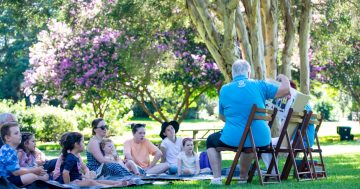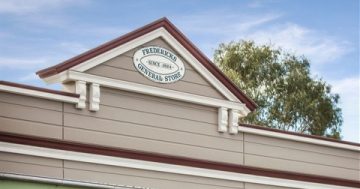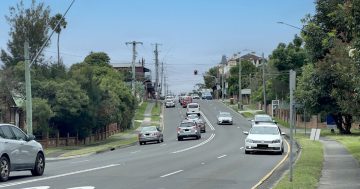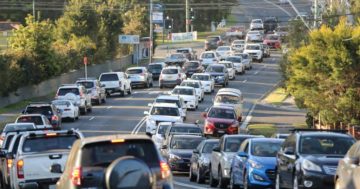
Reverend Josh McPaul says Bulli’s “Chapel on the Hill” has much left to offer. Photo: Region.
Having witnessed the comings and goings, the tragedies and triumphs of its community for 160 years, Bulli’s “Chapel on the Hill” is in urgent need of remediation works.
The bell tower of the Northern Illawarra Uniting Church (NIUC), formerly the Bulli Methodist Church, has “come adrift” and visible cracks on the western walls are signs of destablisation.
Church member and chair of the restoration committee Will Tibben says the issues are largely due to Bulli’s “reactive” clay, which “dries as hard as concrete, but expands when wet”.
“The rest of the church is in pretty good nick. We’ve been monitoring it for the past 20 years, patching things and stabilising the soil and it seems to have stopped shifting. Now we need to tie it all back together and fix it up,” he says.
“A lot of people have a historical connection to this church. In just about every picture you see of Bulli town from the 1800s on, the church presides over the population like its grandmother, watching the happenings of the town. People have been baptised there, parents married, grandparents’ funerals held. It’s been a constant through the happy times and the sad.”

Cracks on the western walls have had temporary fixes, but the church needs a more permanent solution. Photo: Region.
The old sandstone heritage building comes with many distinctions, perhaps notably that it was the first church in northern Illawarra. It opened in 1865 largely through the efforts of people who were meeting for services in a barn where Bulli Hospital currently stands.
When the community outgrew the barn, it was proposed at a public meeting that a proper church be built.
“Plans were unfurled, and people asked to stump up some money, and that’s where it all began,” Will says. “Bulli at the time was the centre for North Wollongong because of its proximity to Bulli Pass and the mine. The church was situated on the hill overlooking what we now call ‘Old Bulli’.
“That used to be the centre of Bulli before the railway changed the makeup of the town. There were lots of shops, bakers, haberdashery and hardware places.
“Technically it was also the first Bulli public school because the first lessons were held there before the school was built.”
One of the church’s earliest calls to action as a community stalwart was the role it played in the 1887 Bulli Mine disaster.
“Many church attendees were miners and no doubt, some were on the casualty list,” Will says. “The church was a place of comfort for those working through that grief, as it was many times over after that.”
But the church has also been a beacon of hope. When World War I ended in 1918, the bell was rung so many times in celebration, the rope notoriously snapped.
It wasn’t the first or last time the old heritage building needed repairs over the past century and a half. At one point in 1938, the spire fell in a storm. It was re-erected in the 1960s.
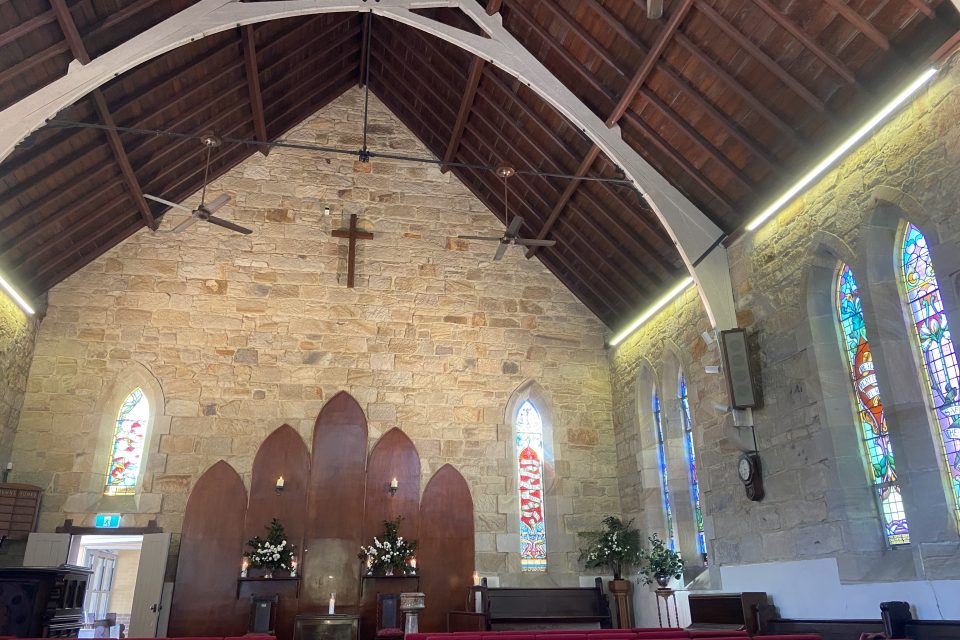
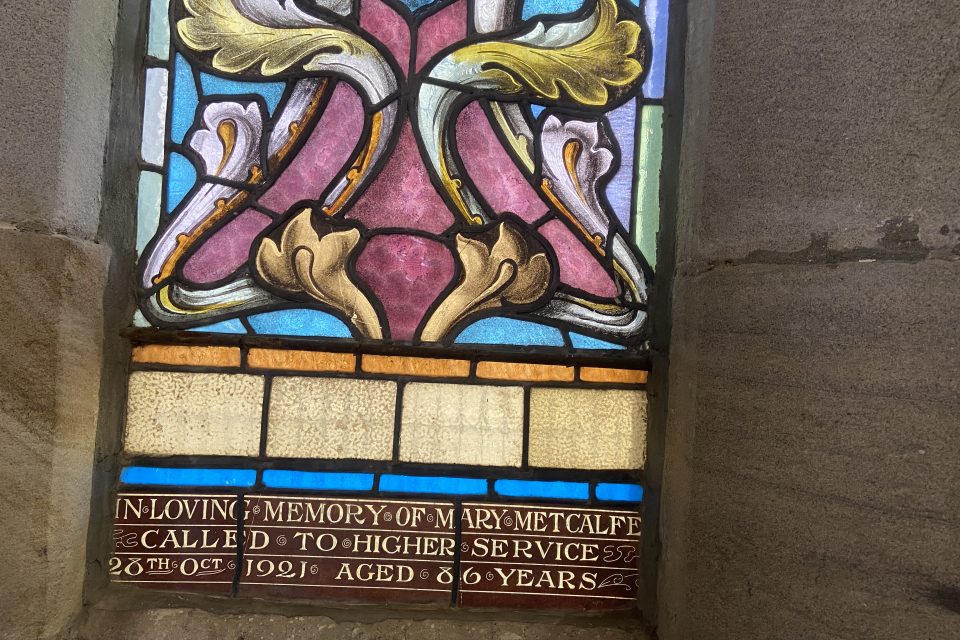
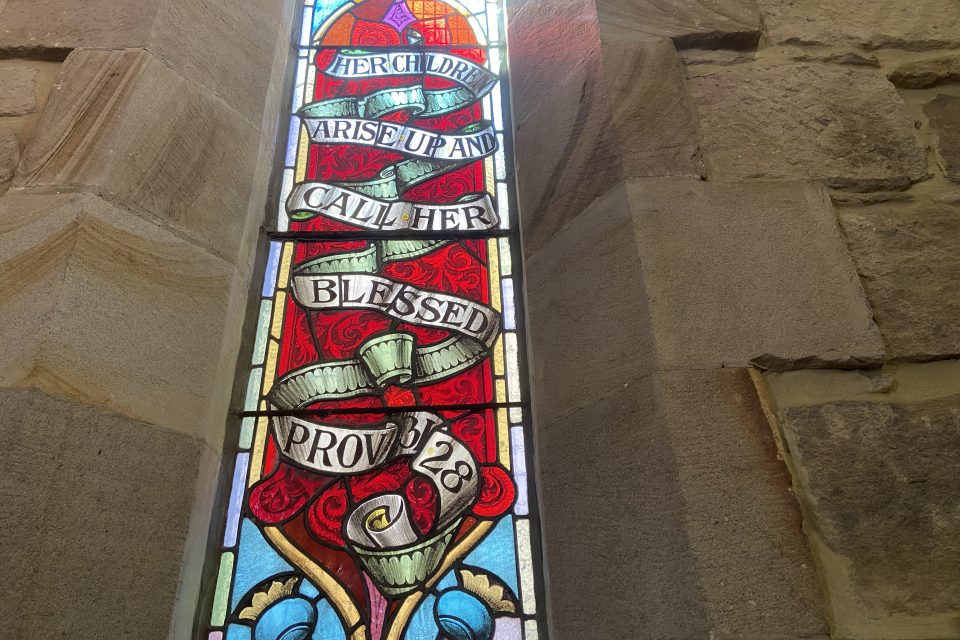
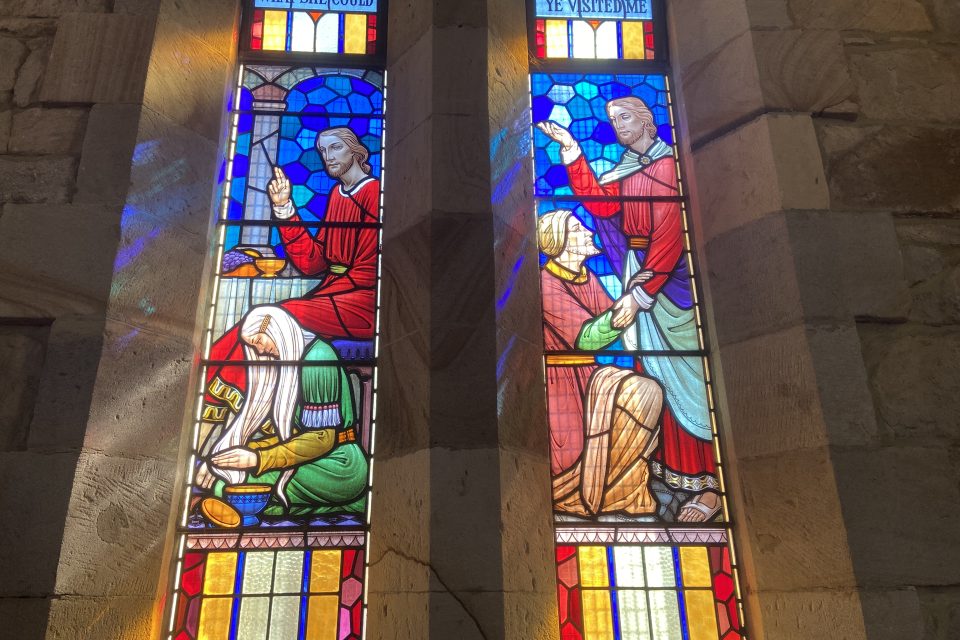
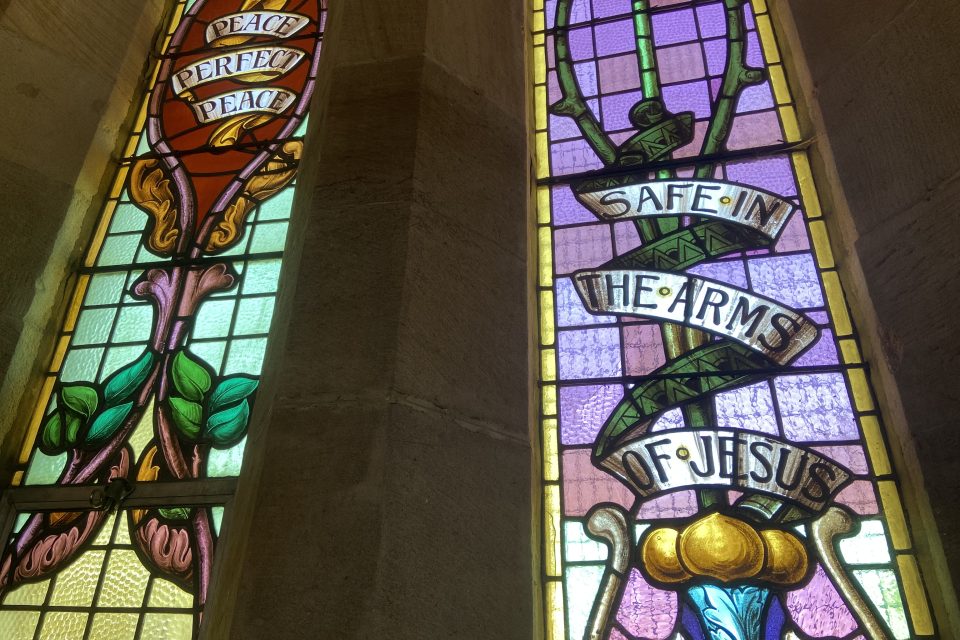
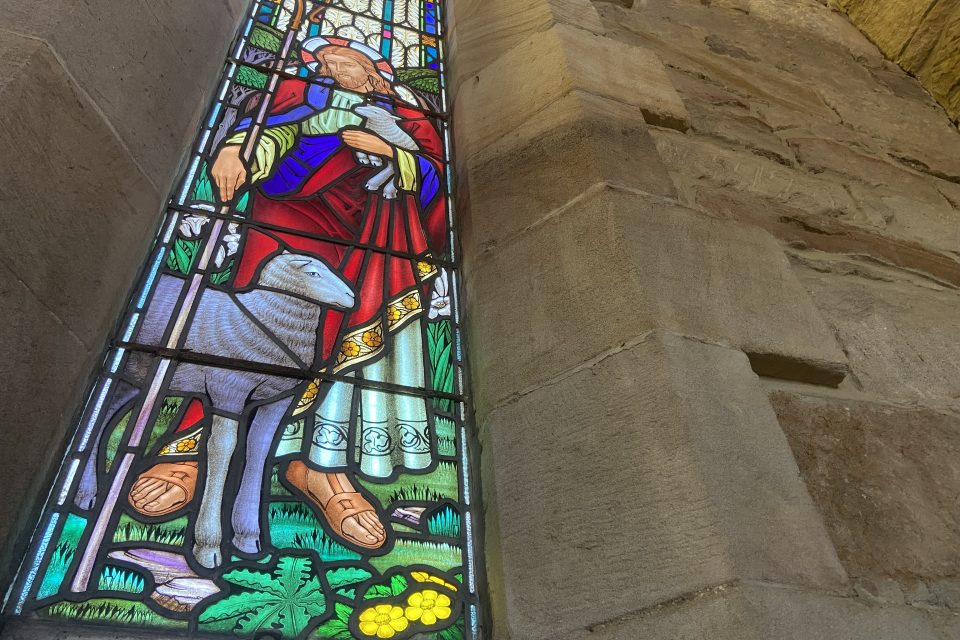
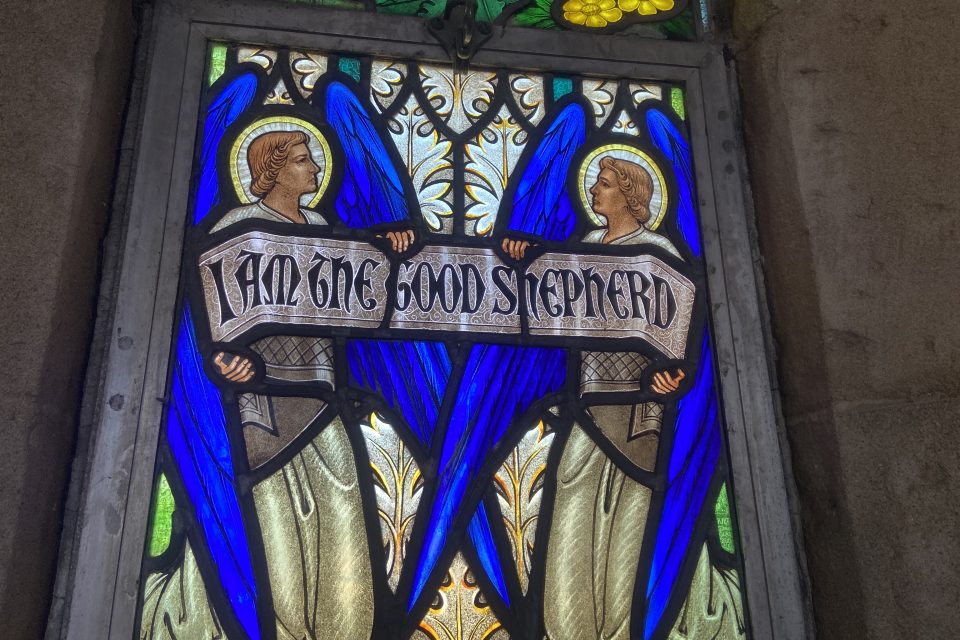


Northern Illawarra minister Reverend Josh McPaul says while the church has a rich history of community significance in its rearview mirror, much more lies ahead, with big plans to embrace its role as a community hub once repairs are completed.
“The heritage building is a huge gift, not just for members of the church but the entire community,” he says.
“It’s probably the most recognisable building in the northern Illawarra and feels like a beacon on the hill, reminding us of both the history here, but also the deeper spiritual realities I think we’re all wrestling with.”
Plans to lean into the community hub role will include eventually throwing open the church doors outside of the usual Sunday service hours, inviting reflection and prayer during the week, and multiplying existing work with community organisations such as Need A Feed.
Remediation works will tackle safety, beautification and preservation but also improve liveability and useability with additions such as heating and AV technology.
Rev Josh says the goal is to reclaim the heritage chapel as the church’s spiritual sanctum and a place for worship, but also for public music and art events.
“We’re really excited about that,” he says. “We want this space to be for every generation.”
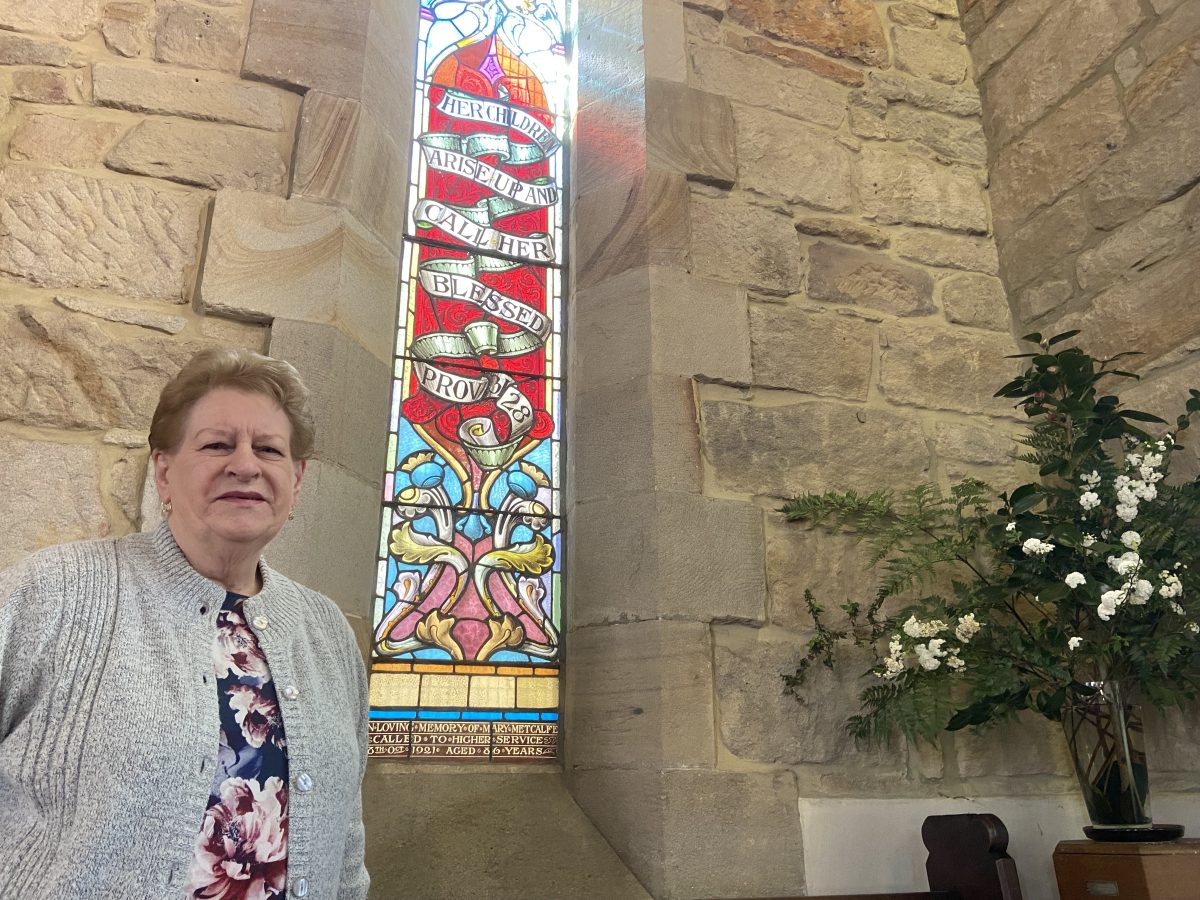
Among the many beautiful stained glass and leadlight windows, the first of which were installed in the 1920s, is one that describes Mary Metcalf – a church community member and matriarchal figure. Her descendants, including Janice Walker (pictured), still attend the church. Photo: Region.
Jan Walker, a member of the church community and descendent of congregation matriarch Mary Metcalfe, who is immortalised in one of the church’s many beautiful stained glass and leadlight windows, has attended the church since before she can remember.
“Our family has had a part in pretty much all the churches that have come into this one beautiful community, but I consider this church my spiritual home … It’s a safe place for me,” she says.
Jan, who was married in the church more than 60 years ago herself, says the remediations will allow the church to carry on its legacy as a place of comfort for the community.
“As you get older you think who’s going to help this endure? There’s sadness and fear it’ll all stop once all the older people are gone,” she says. “But new people come in all the time, they drive past and see it, they come inside to see what’s going on, or because they need comfort. It’s a place to come to find that, and it’s always here.”
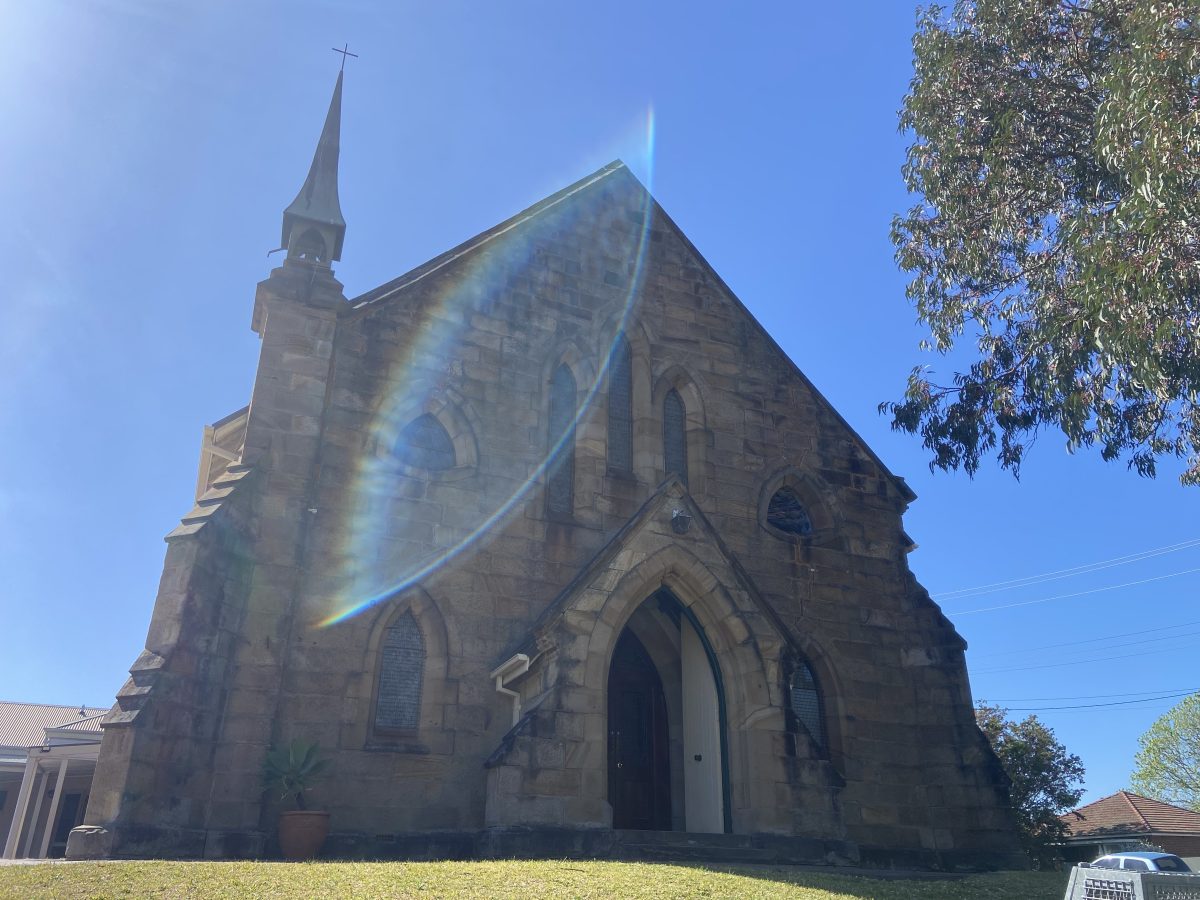
Funding is needed to ensure Bulli’s Chapel on the Hill can carry on its role as a place of comfort for the community. Photo: Region.
The community fundraising goal to carry out the required work is $180,000, with $110,000 already raised. So far the lion’s share of funding has come from church members past and present.
Wollongong City Council has also supported maintenance work on the chapel over the years through its annual heritage grants of $10,000 matched funding.
However, there is a critical need for government support.
Remediation and restoration works are expected to commence in February 2025.
Northern Illawarra Uniting Church holds services on Sunday at 8:30 am, 10 am with children’s ministry and once a month at 5 pm.
Local businesses and community members who wish to support the restoration project can reach out to Northern Illawarra Uniting Church.








